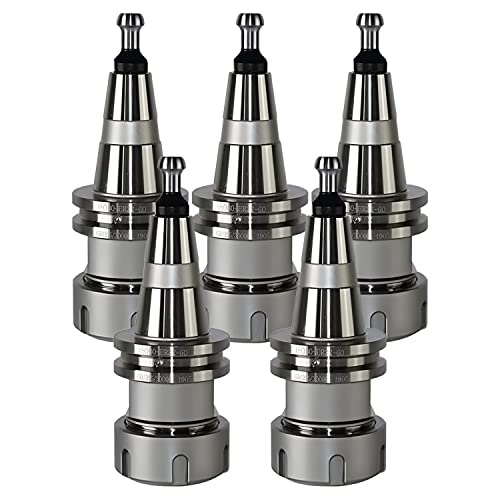- Joined
- Jan 3, 2008
- Messages
- 2,085
- Reaction score
- 17
Arnold, thanks for checking in. I went back yesterday and re-read your thread on the elbow engine too after seeing the pictures you posted recently in the finished projects section. That is one of the most elegant interpretations of the elbow that I have seen. Its somewhere on my to d0 list and when i do get to it I can' only hope it turns out as nice as yours.
Bill
Bill




















![TurboCAD 2020 Designer [PC Download]](https://m.media-amazon.com/images/I/51UKfAHH1LL._SL500_.jpg)








![DreamPlan Home Design and Landscaping Software Free for Windows [PC Download]](https://m.media-amazon.com/images/I/51kvZH2dVLL._SL500_.jpg)













































![MeshMagic 3D Free 3D Modeling Software [Download]](https://m.media-amazon.com/images/I/B1U+p8ewjGS._SL500_.png)







